Myths that is stopping you from developing effective packaging design
In the product marketing scene, packaging design has a big impact on a brand’s success. It’s not just a protective cover; it’s a key part of your marketing plan and how customers experience your product. Yet many companies struggle to create packaging that makes an impact because of certain deep-rooted ways of thinking. Let’s look at five common mindsets that might be getting in the way of your packaging design and explore how to get past them.
1. Believing packaging is just about protection
Many people believe packaging just keeps things safe. Sure, packaging’s main job is to shield products as they move around and sit on shelves. But seeing it as a protective cover misses the bigger picture. Packaging connects brands to buyers. It’s the first thing people see—a quiet sales pitch—and shows what a brand stands for.
Why It Matters:
Smart packaging design shapes how customers see you, builds your brand’s look, and can even make people buy. If you think packaging protects stuff, you lose chances to talk to your audience, show what you care about, and stand out from other products on the shelf.
How to Change Your Mindset:
Look at packaging as a key part of your brand’s overall feel. The story behind the brand speaks through the packaging. Packing plays an important role in conveying the story behind a brand. Let’s now imagine how the design of the package can tell your brand’s story and, at the same time, catch the eyes of the customers in the stores. Look beyond just keeping products safe and see how packaging can boost your brand’s image and help you reach your marketing goals.

2. Overemphasis on cost-cutting
Watching expenses is important, but putting too much emphasis on trimming costs can hurt how well your packaging design works. While it’s key to keep an eye on spending, looking at the cheapest choices can result in poor packaging that doesn’t grab shoppers’ attention or deliver good quality.
Why It Matters:
Good packaging has a huge influence on people’s perception of your brand and their opinion about it. Low-quality packaging might cut costs now but can lead to poor customer experiences, damaged products, and reduced sales in the future. In the short term, cheap packing can have an effect, but over time, it might not impact customers. On the bright side, investing in well-designed packaging can increase your brand’s value, boost sales, and improve customer satisfaction.
How to Change Your Mindset: Find a balance between cost and worth by considering the long-term benefits of quality packaging and how it shapes users’ perceptions. Examine packaging materials and design choices, not just for their price but also for their effect on customer appeal and brand reputation. Look for not only fresh but also cost-effective designs that will have an impact on the minds of the users on a long-term basis.
3. Neglecting consumer preferences
Many companies don’t pay attention to what their customers prefer when designing packaging. This oversight can lead to packaging that doesn’t catch the eye or interest of potential buyers.
Why it Matters:
People are more likely to buy products that match what they like and believe in. If your packaging doesn’t reflect their tastes or needs, you might miss out on sales. Knowing what consumers want helps make sure your packaging design speaks to your audience, making it more effective and attractive.
How to Change Your Mindset: Take the time to study your target market to grasp their likes, values, and expectations. Use these findings to guide your packaging design decisions. Run surveys, set up focus groups, or do market research to get feedback on design ideas and packaging features. Make sure your packaging design meets what consumers expect and boosts their overall experience with your brand.
4. Ignoring color psychology
Colors have a big influence on packaging design. They shape how customers feel and what they think about a product. If you don’t pay attention to how colors affect people, your packaging might not get the reaction you want or catch people’s eye in stores.
Why It Matters:
Colors can grab attention, show what your brand stands for, and sway buying choices. Take red, for example. It can make people feel excited and like they need to act fast. Blue, on the other hand, often makes people feel they can trust something and that it’s reliable. When you know how colors work on people’s minds, you can make packaging that gets your brand’s message across well and appeals to the people you want to sell to.
How to Change Your Mindset:
Learn about how colors affect people’s feelings and buying habits. Think about how you can use different colors to send specific messages and stir up certain emotions. Pick colors that match your brand’s personality and appeal to the people you want to reach. Try out various color combinations to see which ones grab attention and get people to interact with your brand the most. Remember, colors have a big influence on how customers perceive and connect with your brand.
5. Underestimating Design’s Impact
Many companies don’t see design as a key part of packaging. They often think it’s less important or something to worry about later, not realizing how much it affects a product’s success.
Why It Matters:
Good design can help your product catch the eye in a crowded market, boost brand awareness, and create an experience customers will remember. On the flip side, bad design can mean lost chances and a weaker brand image. Putting money into smart creative design can set your product apart, grab attention, and build customer loyalty.
How to Change Your Mindset:
Understand how design shapes what consumers think and feel. Team up with skilled designers who can bring new ideas and smart planning to your packaging. Make design a key part of your packaging plan, looking at how it can boost your brand’s look and market position.

Conclusion
Good packaging design does more than just protect products; it plays a key role in your marketing plan and how people see your brand. After overcoming these five mindsets of the people, we can now work towards the full potential of the design of the package. By challenging assumptions, embracing innovation, and focusing on the consumer, designers can now create packaging that not only protects the product but also captivates audiences, drives sales, and leaves a long-lasting impression in the minds of consumers. Remember, create an image that is remembered not just today but as an example in the coming years of generations.



